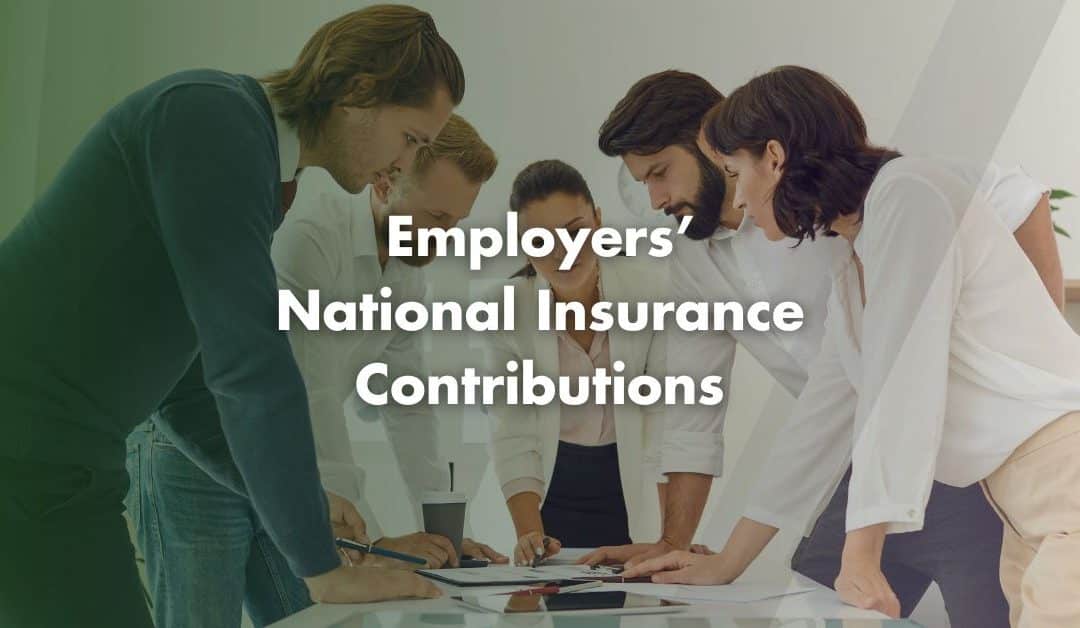Employers pay Employers’ National Insurance Contributions in addition to employees’ wages are a legal requirement for most businesses. When an employee earns over a certain threshold, the employer must pay Class 1 (Secondary) National Insurance on those earnings. The government annually review these thresholds and rates.
From 6th April 2025, employers must pay National Insurance Contributions on employee earnings above the £5,000 Secondary Threshold, not on total earnings, per year. This is a sharp decrease from the previous threshold of £9,100. At the same time, the National Insurance rate for employers will rise from 13.8% to 15%. Employers calculate these contributions through payroll and pay them directly to HMRC.
Why Do Employers Pay National Insurance?
Paying National Insurance is a legal obligation. These contributions help funds essential services such as the NHS, State Pensions, maternity pay and unemployment benefits. If a business fails to meet its responsibilities, it will face investigations and penalties.
On top of fulfilling legal duties, understanding National Insurance responsibilities also supports better budgeting and hiring decisions. It helps employers control staffing costs and maintain stability.
Changes to Employers’ National Insurance Contributions from April 2025
From April 2025, several updates will impact employers:
- The Secondary Threshold for National Insurance Contributions will drop from £9,100 to £5,000 per year
- The Employer National Insurance rate will increase from 13.8% to 15%
- The Employment Allowance will rise from £5,000 to £10,500
- HMRC are removing the £100,000 eligibility cap, allowing more businesses to claim
These changes aim to boost public sector funding, but they also increase the cost of employment. As a result, businesses must update their payroll systems and budget forecasts accordingly.
What is the Employment Allowance?
The Employment Allowance allows eligible businesses to reduce the cost of Employers’ National Insurance Contributions. In the 2025/26 tax year, the allowance will increase to £10,500.
This relief only applies to the employer’s portion of National Insurance Contributions and does not affect the employee’s contributions. Once you claim, the allowance reduces the National Insurance bill every time you run payroll until you use the full amount up.
Employers can claim the Employment Allowance through their payroll software or by using HMRC’s Basic PAYE Tools. You must make the claim each tax year to continue receiving the benefit.
Who Can Claim Employment Allowance?
To qualify for Employment Allowance in 2025/26, a business must:
- Be a registered business or charity
- Employ at least 1 person earning above the Secondary Threshold, or have 2 directors doing so
Additionally, HMRC have removed the previous cap that disqualified businesses with more than £100,000 in Employers’ National Insurance from claiming the Employment Allowance.
However, there are some exceptions. A business cannot claim the allowance of the only person earning above £5,000 is a director. A business is also ineligible if the only person earning above the threshold is a director, regardless of the number of other lower-earnings employees.
Contact Us
We are not just accountants; we are Chartered Accountants with one of the most reputable and premium accounting bodies. We are registered and regulated by ACCA; so you can rest assured that you are in good hands. Knowing this, don’t hesitate to get in touch with us if you require assistance: Pi Accountancy | Contact Us
This article is for general informational purposes only and does not constitute legal or financial advice. While we aim to keep our content up to date and accurate, UK tax laws and regulations are subject to change. Please speak to an accountant or tax professional for advice tailored to your individual circumstances. Pi Accountancy accepts no responsibility for any issues arising from reliance on the information provided.

